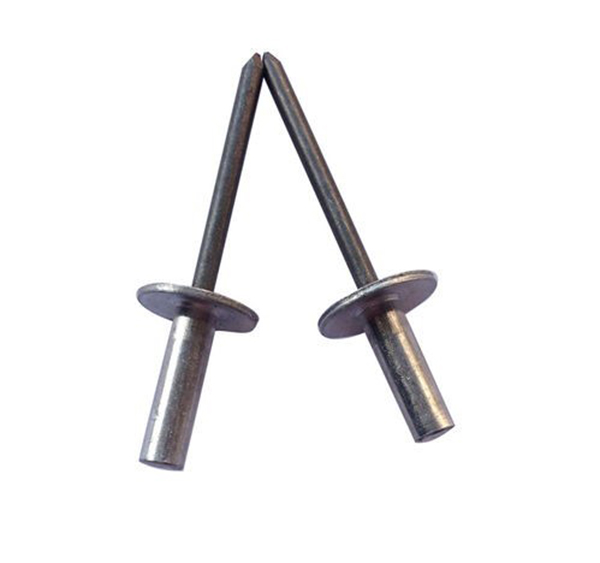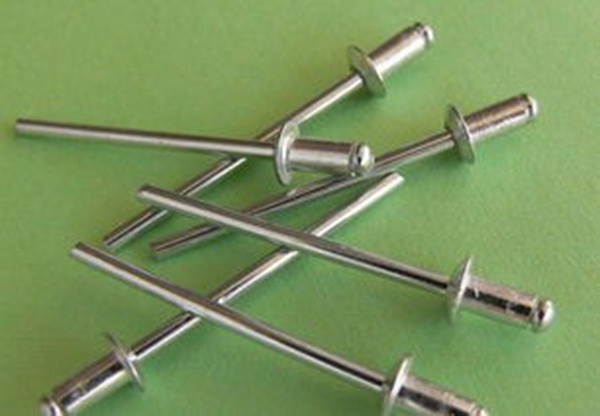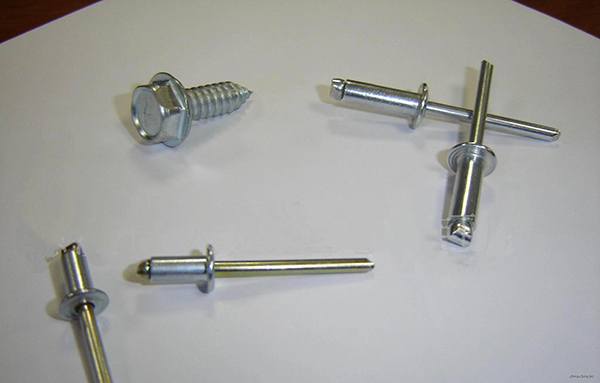The early rivets were small pegs made of wood or bone. The early metal deformation body may be the ancestor of the rivets we know. There is no doubt that they are the ancient methods of metal connection known to mankind, which can be traced back to the early use of malleable metal. For example, in the Bronze Age, the Egyptians riveted and fastened the six wooden fan bodies of the outer line of the slotted wheel together with rivets. After the Greeks successfully cast large statues with bronze, they riveted the parts together with rivets. At present, there are more and more types of rivet development, mainly for the development of various enterprises.
“Stainless steel standard parts” is a specific term concept that covers a wide range of products. Stainless steel standard parts are usually used for fastening more expensive machine parts because of their beauty, durability, strong corrosion resistance and other characteristics. With the progress of society, high requirements are also put forward for stainless steel standard parts. Stainless steel standard parts also refer to stainless steel screws, which are standard screws. The specifications, dimensions and tolerance range are all national standards.
Stainless steel standard parts have their own requirements for production materials. Most stainless steel materials can be made into steel wires or bars for fastener production, including austenitic stainless steel, ferritic stainless steel, martensitic stainless steel and precipitation hardening stainless steel. So what are the principles when selecting materials? The selection of stainless steel materials is mainly considered from the following aspects:
1. Requirements on mechanical properties, especially strength of fastener materials;
2. Requirements of working conditions on corrosion resistance of materials;
 3. Requirements of working temperature on heat resistance (high temperature strength, oxidation resistance) of materials;
3. Requirements of working temperature on heat resistance (high temperature strength, oxidation resistance) of materials;
4. Requirements for material processing performance in terms of production technology;
5. Other factors, such as weight, price and purchase, should be considered.
Post time: Mar-16-2023



